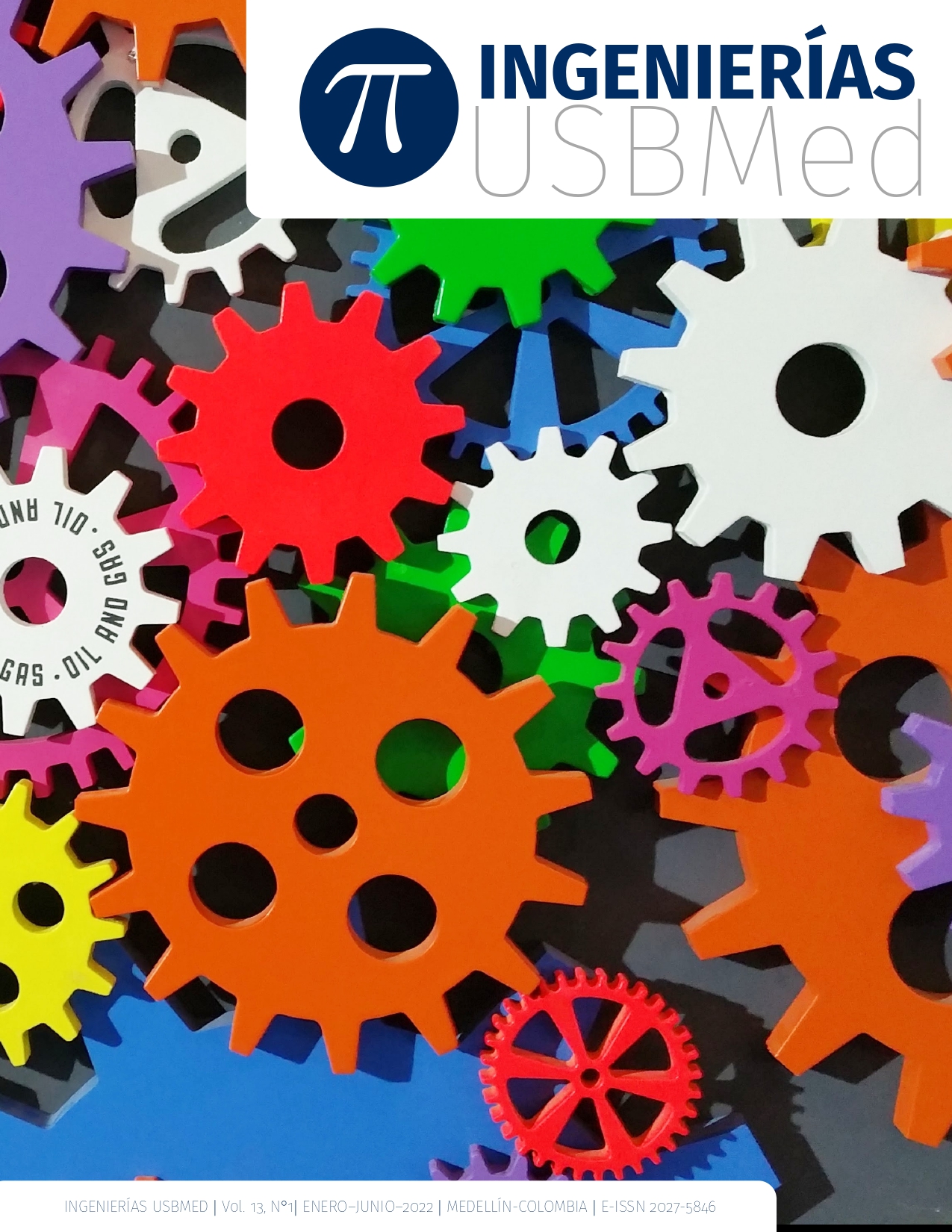This journal provides immediately free access to its contents under the principle that make available the research results for free to the public, helps for a greater global exchange of knowledge.
Therefore, the journal invokes the Creative Commons 4.0
License attributions: Recognition – Non-commertial - Share equal. Commercial use and distribution of original or derivative works are not permitted and must be done with a equal license as the one that regulate the original work.
Abstract
This research focuses on developing a mobile application to determine the ultraviolet index (IUV) in the region of Puno, which was developed on the ANDROID platform and applies the methodology for developing mobile applications. The application has been put in evaluation, to guarantee that the calculated data are as close as possible to the real thing and in this way inform the users. For the development of the mobile application has been used high-level programming tools, of the latest generation, Android Studio type, which provides us with mobile simulators. And for the development of the algorithm that allows us to calculate the ultraviolet index we used the equations of Iqbal, Spencer and Hernandez, which are implemented in code. For the validation of the calculated data we used the correlation coefficient between the data calculated by the mobile and the TUV model for the city of Puno, obtaining correlation values greater than r=0.98.
Keywords:
References
[2] B. Soto, “El cáncer de piel es la cuarta neoplasia más común en el país Ciencias | El Comercio.” [Online]. Available: https://elcomercio.pe/tecnologia/ciencias/cancer-piel-cuarta-neoplasia-comun-pais-260359-noticia/. [Accessed: 12-Oct-2019].
[3] G. E. Ruis Espinoza, “Conocimiento y práctica preventivas sobre c{ancer de piel en los estudiantes de efermeria de la Universidad de Huánuco -2016,” Universidad de Huánuco, 2017.
[4] A. A. Trelles Trelles, “Factores de riesgo y su relación con la práctica de medidas preventivas sobre el cáncer de piel. Centro de salud San Francisco Tacna -2012,” Universidad Nacional Jorge Basadre Grohmann - Tacna, 2013.
[5] SENAMHI, “Verano 2018: Radiación UV registra nivel de riesgo ‘Muy Alto,’” 2018. [Online]. Available: https://www.senamhi.gob.pe/?&p=prensa&n=769. [Accessed: 12-Oct-2019].
[6] C. Seeger, A. Buchmann, and K. Van Laerhoven, “MyHealthAssistant: A Phone-based body sensor network that captures the wearer’s exercises throughout the day,” BODYNETS 2011 - 6th Int. ICST Conf. Body Area Networks, pp. 1–7, 2012.
[7] N. D. Lane, E. Miluzzo, H. Lu, D. Peebles, T. Choudhury, and A. T. Campbell, “A survey of mobile phone sensing,” IEEE Commun. Mag., vol. 48, no. 9, pp. 140–150, 2010.
[8] Y. Jung and Y. I. Yoon, “Wellness contents recommendation based on human emotional and health status using em,” Int. Conf. Ubiquitous Futur. Networks, ICUFN, vol. 2015-Augus, pp. 977–981, 2015.
[9] N. J. Dedios Mimbela, L. Rubio Rubio, J. Calle Jiménez, and Y. Vásquez Domínguez, “Aplicación de Dispositivos Móviles en la Medición de los Niveles de Radiación Ultravioleta y su Validación en el Distrito de Chulucanas Región Piura Perú,” Ing. USBmed, vol. 8, no. 1, pp. 49–55, 2017.
[10] S. Madronich and S. Flocke, “Theoretical Estimation of Biologically Effective UV Radiation at the Earth’s Surface,” Sol. Ultrav. Radiat., vol. I, pp. 23–48, 1997.
[11] K. Hernández E., R. Morera R., and Vj. Wright G, “Medición y cálculo del índice ultravioleta en Costa Rica,” Top. Meteorol. y Occeanograficos, pp. 41–55, 2014.
[12] K. Vanicek, T. Frei, Z. Litynska, and A. Schmalwieser, “UV- index for the public : a guide for publication and interpretation of solar UV index forecasts focvr the public,” no. January 2000, p. 27, 1999.
[13] M. Iqbal, An introduction to solar radiation. Academic Press, 1983.
[14] M. C. G. Mantilla, L. L. C. Ariza, and B. M. Delgado, “Metodología para el desarrollo de aplicaciones móviles,” Rev. Tecnura, vol. 18, no. 40, pp. 20–35, 2014.
[15] J. W. Spencer, “Fourier series representation of the position of the Sun,” Search, vol. 2, no. 5, p. 172, 1971.














